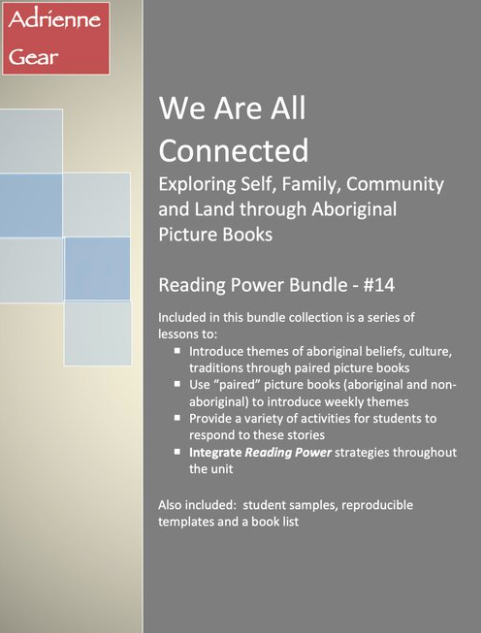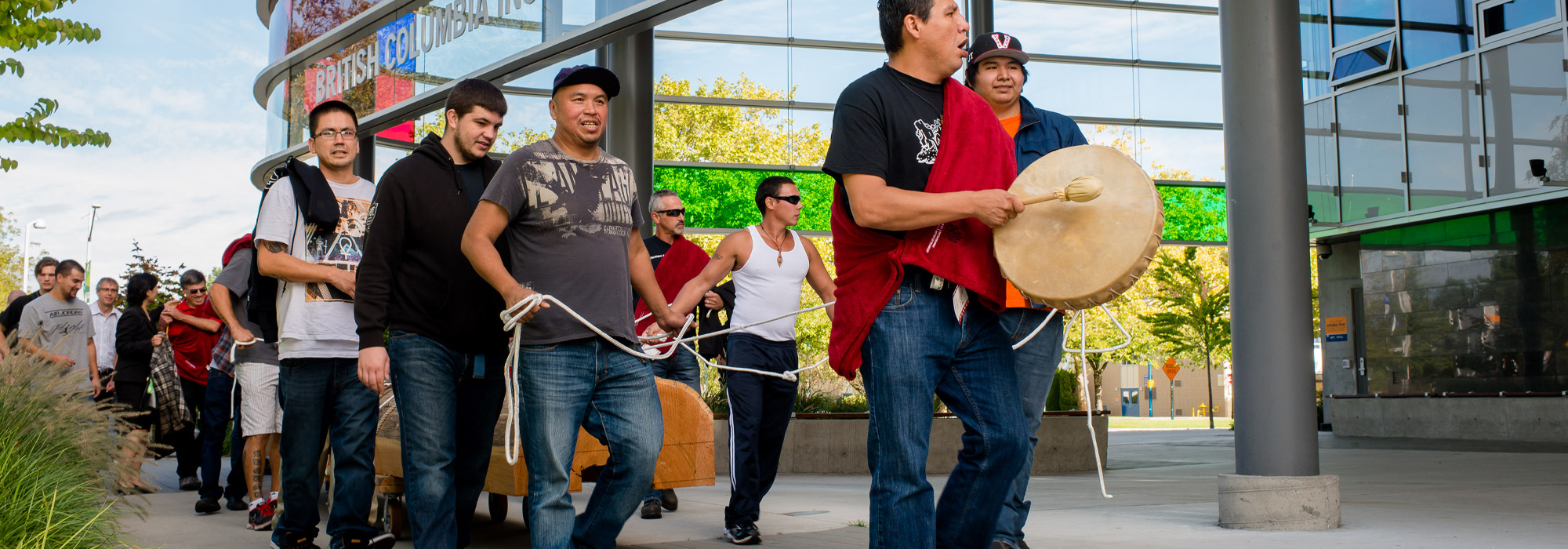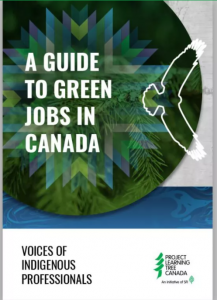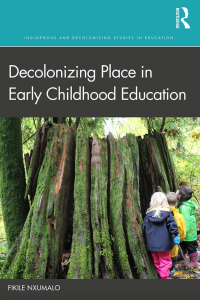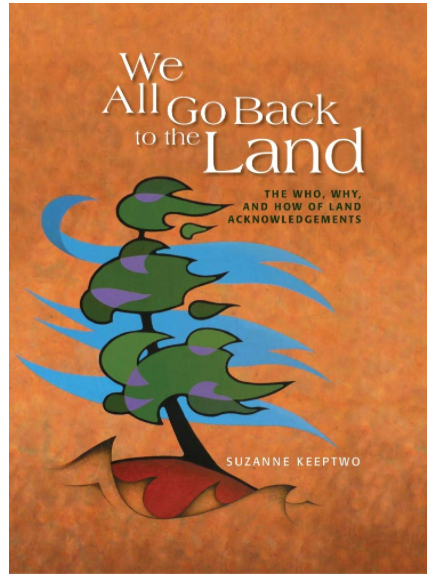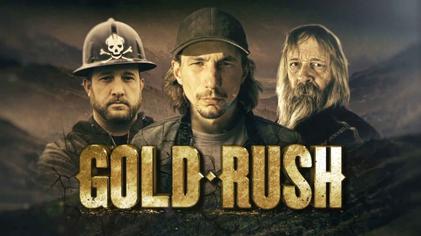Instead of trying to fit indigenous knowledge into the existing STEM curriculum, I wondered if indigenous knowledge can be brought into the classroom more “naturally”. I found several resources related to place-based learning, how to incorporate Indigenous stem knowledge, developing a culturally responsive science curriculum, and other educational resources related to Indigenous knowledge.
From the resources, I thought using these guidelines by Dr. Angela Nardozi would be a great way to start if anyone is wanting to plan or design class activities based on Indigenous STEM knowledge. I think these “tips” would work in all subject fields.
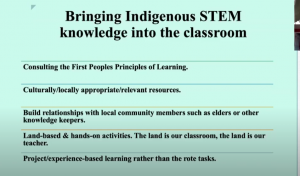
Alaska Native Knowledge Network (ANKN) is another great website that provides curriculum resources, cultural resources, talking maps, and Indigenous knowledge/education worldwide. I’m surprised I’ve never heard of this before!
Sources:
https://www.youtube.com/watch?v=oWrpyW5qXrg&ab_channel=McMasterEngineeringMcMasterEngineering
https://www.youtube.com/watch?v=VxZNNuz-jE4&ab_channel=CityNewsToronto
References
Borden, L. L., & Wiseman, D. (2016). Considerations From Places Where Indigenous and Western Ways of Knowing, Being, and Doing Circulate Together: STEM as Artifact of Teaching and Learning. Canadian Journal of Science, Mathematics and Technology Education, 16(2), 140-152. https://doi.org/10.1080/14926156.2016.1166292
Stephens, Sidney. Handbook for Culturally Responsive Science Curriculum. Alaska Science Consortium and the Alaska Rural Systemic Initiative, 2000.
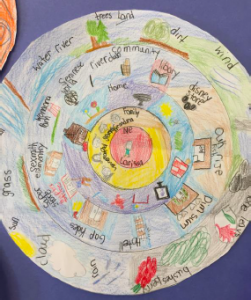
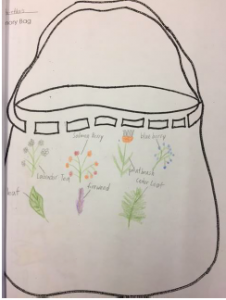
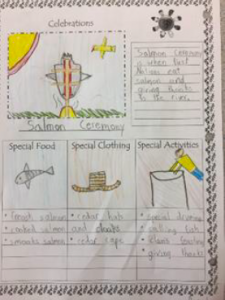 .
. 
